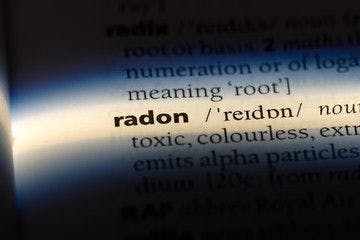January 16, 2024
Understanding Radon

January is Radon Awareness Month, making it the perfect time for you to learn about radon—a colorless, odorless gas that could be lurking in your home, posing serious health risks. It's essential for your and your family's safety and well-being to understand how to detect and mitigate radon exposure in your living spaces.
What is Radon?
Radon is a naturally occurring radioactive gas formed from the decay of uranium found in soil and rocks. It can enter homes and buildings through cracks in floors, walls, and foundations, becoming a health concern when accumulating to high levels.
Health Risks Associated with Radon
Radon is the second leading cause of lung cancer after smoking. Long-term exposure to high levels of radon can significantly increase the risk of developing lung cancer, making it a silent but deadly threat.
Testing for Radon
One of the most critical steps in radon awareness is testing your home. Radon testing kits are affordable and widely available. They are easy to use and can be crucial in assessing whether your home has high radon levels.
Mitigating Radon Risks
If high levels of radon are detected, it's essential to take steps to reduce them. This can include improving ventilation, sealing cracks in floors and walls, and installing radon mitigation systems. Professional radon mitigation services are often necessary to effectively lower radon levels.
Radon and Real Estate
For those buying or selling homes, radon testing is becoming a standard part of real estate transactions. Knowing the radon levels in a house is crucial for both buyers and sellers and can impact the home's value and safety.
Radon Awareness Month is a perfect time to educate yourself and others about the dangers of radon. Simple steps like testing and mitigation can make a significant difference in reducing health risks. It’s a call to action for everyone to take radon seriously and ensure our living environments are safe.